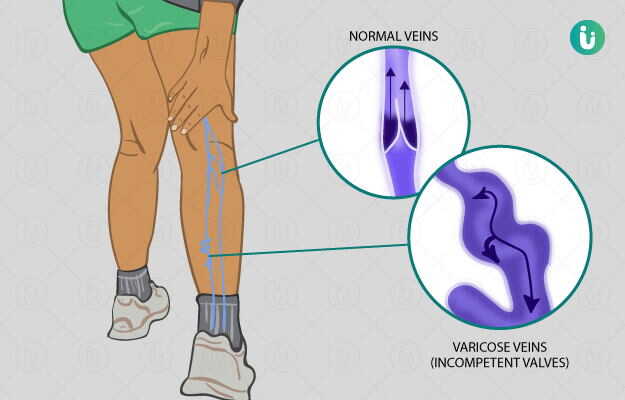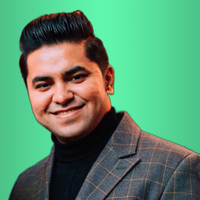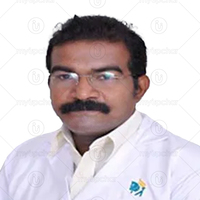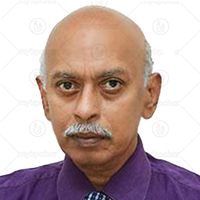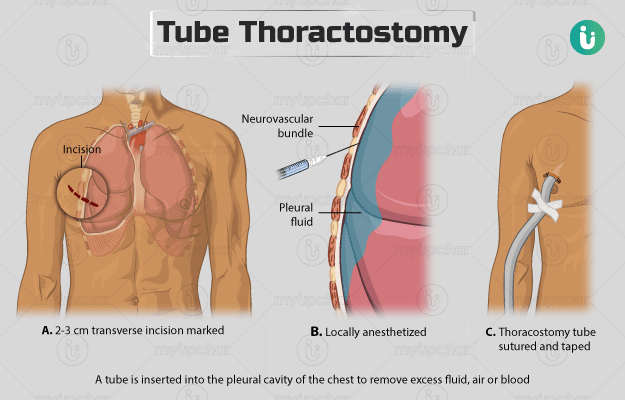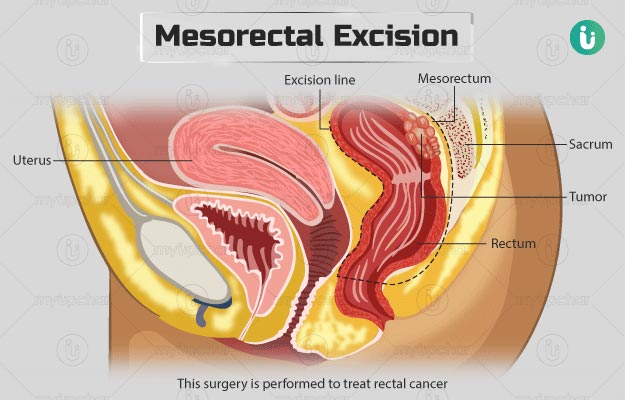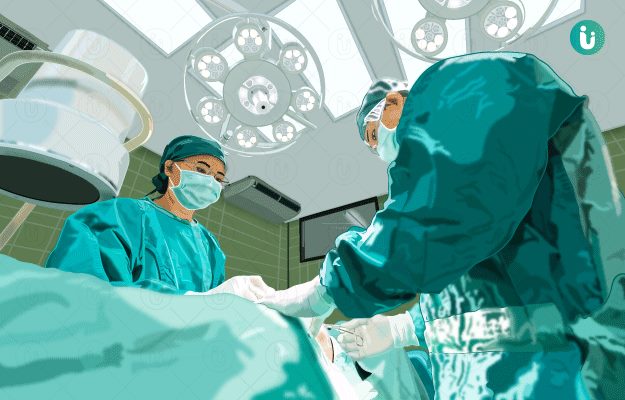Sclerotherapy is performed by a vascular specialist or a dermatologist.
The doctor will explain how the procedure will be done along with the outcome and associated risks. A detailed medical history of the patient is taken which includes the patient's symptoms, family history, menstrual history (if applicable), medications history and history of any comorbidities (pre-existing illness, if any). This is accompanied by a physical examination of the patient which helps assess the extent of the diseased veins.
Certain investigations are done such as:
Medications, if any, for pre-existing conditions may be altered or stopped as per the doctor's orders. These may involve anticoagulants and certain pain medications. The patient will also be advised not to apply any cream or lotion to the affected area a couple of days before surgery.
The procedure is daycare admission (i.e., the patient is admitted in the morning and discharged by the evening). It is advised that the patient arranges for a ride back home since there may be discomfort in the legs after the procedure. In rare cases, the patient may be told to stay overnight.
On the day of the procedure, the patient arrives at the hospital with all the relevant documents and reports. The patient is advised to fast for four hours prior to the procedure. Once admitted, they change into hospital attire. Hair on the affected area is shaved off. A final review of the patient is done by the doctor and nurses before the patient is shifted for the procedure.

